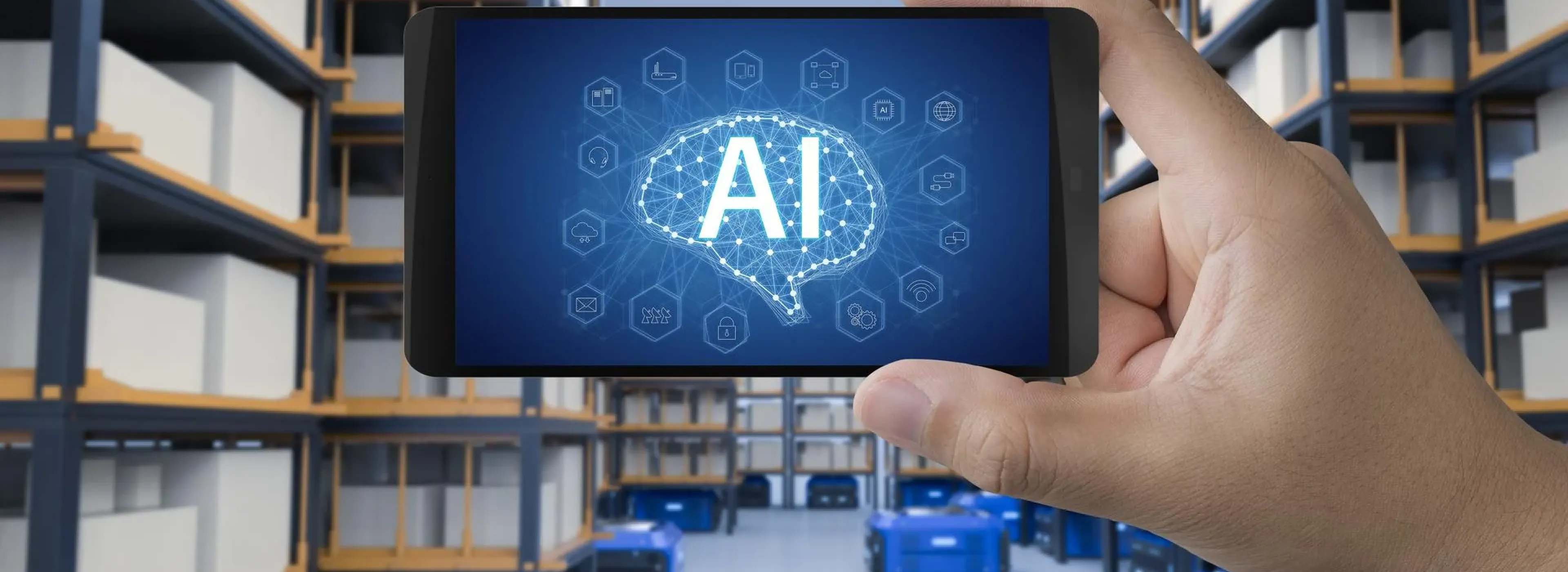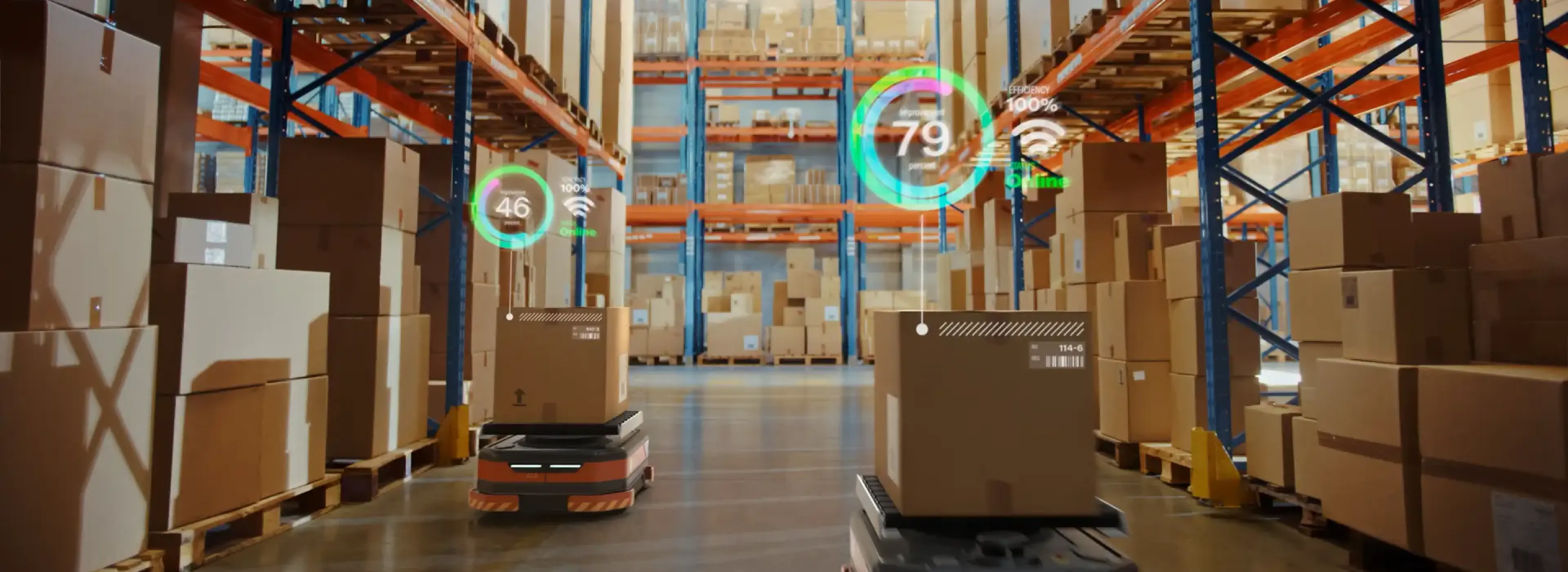“Alexa, please automate my warehouse.”
How convenient would it be if it were that simple to automate the warehouse? However, to achieve a similar future, the warehouse needs a brain to process all the information it receives and automatically execute actions to address various scenarios. And that brain is called Artificial Intelligence, or AI.
Download Free Guide: 7 Technologies That Will Change the Warehouse
What is Artificial Intelligence?
Artificial Intelligence (AI) is a branch of computer science that aims to make machines that can mimic the functions and reactions of a human as closely as possible. It can perform human-like tasks such as decision-making, speech recognition, visual perception, and language translation.
Andrew Ng, founder and lead of the Google Brain project and several AI startups, gives a good explanation of the general idea of present AI capability:
“If a typical person can do a mental task with less than one second of thought, we can probably automate it using AI either now or in the near future.”
What Machine Learning Can Do
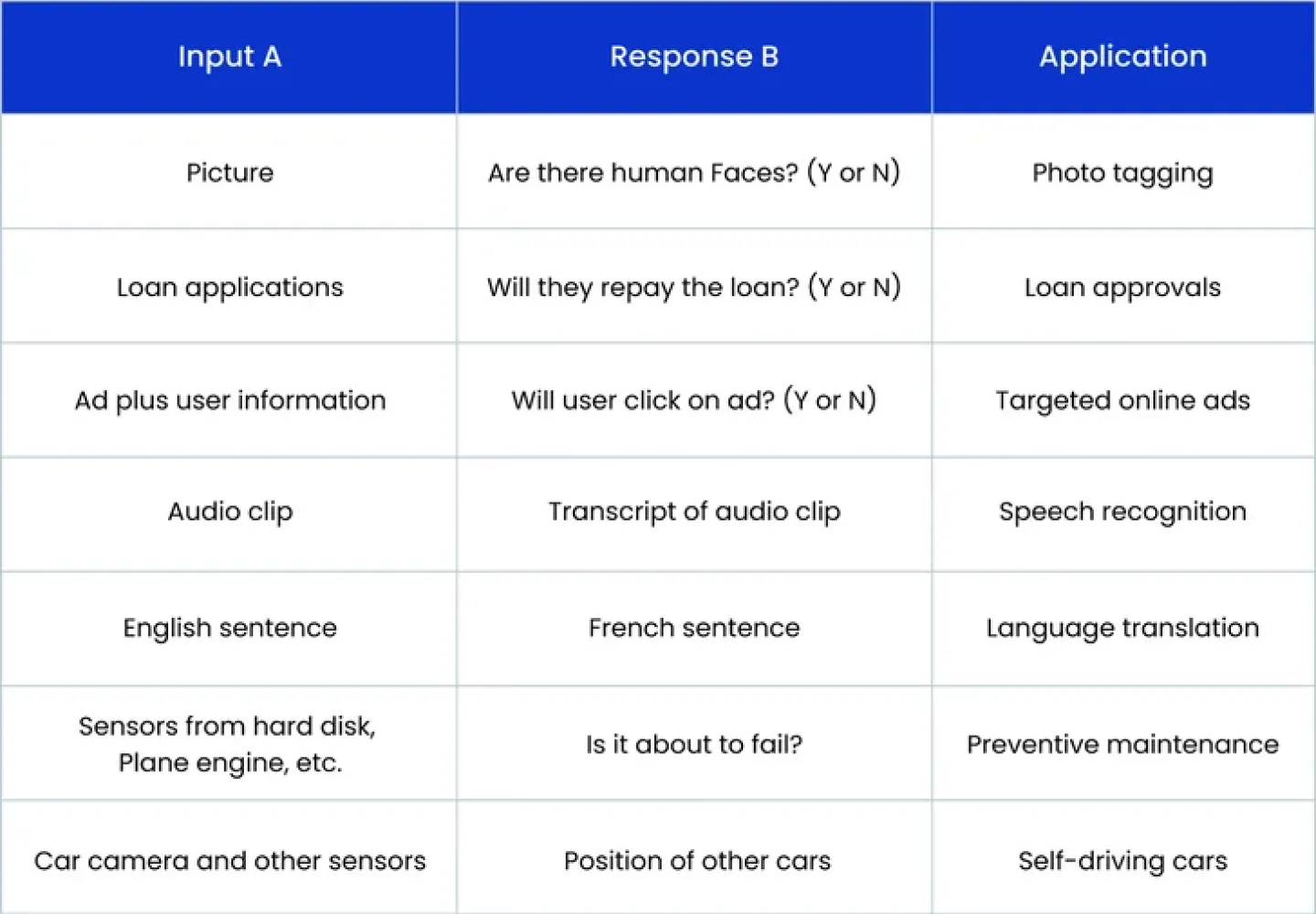
By understanding what AI can and cannot do, you can incorporate it into your strategies. Then, it is a matter of hiring the right talent to customize your business environment and data to automate your operations and have important insights at your fingertips.
The Value of Artificial Intelligence in the Warehouse
Artificial Intelligence generates value in the warehouse through various sub-technologies: machine learning, natural language processing, robotics, and computer vision. Here’s how each functions.
Machine learning uses algorithms to “learn from experience” and make practical decisions for the warehouse. Using data gathered from sensors, it notices patterns and suggests actions such as faster replenishment of nearly out-of-stock items, shorter walking routes, and better inventory positioning.
Some AI features enable wearable warehouse technology. Natural language processing makes voice-picking possible so workers can operate hands-free and more safely. Smart glasses are equipped with cameras that use computer vision to automatically recognize barcodes. Also, using computer vision, cameras placed around the warehouse enable end-to-end product tracking.
Lastly, robotics lends AI a physical presence, spatial awareness, and movement in the real world. AI robots’ capabilities can vary from loading or unloading a pallet to moving cargo around the warehouse and/or performing picking operations.
Artificial General Intelligence, which is the term for AI that can perform any intellectual task that a human can do, is still a long way off. These sub-tasks of AI are the necessary stepping stones to achieve “full AI,” which has the potential to operate a warehouse nearly autonomously.
Where is AI in the Warehouse Industry Now?
In the MHI Annual Industry Report 2022, only 14% of respondents currently use AI technology. This percentage will grow by 73% in the next 5 years. Despite the low number, more than half of the respondents believe that AI can disrupt the industry and create a competitive advantage for their business.
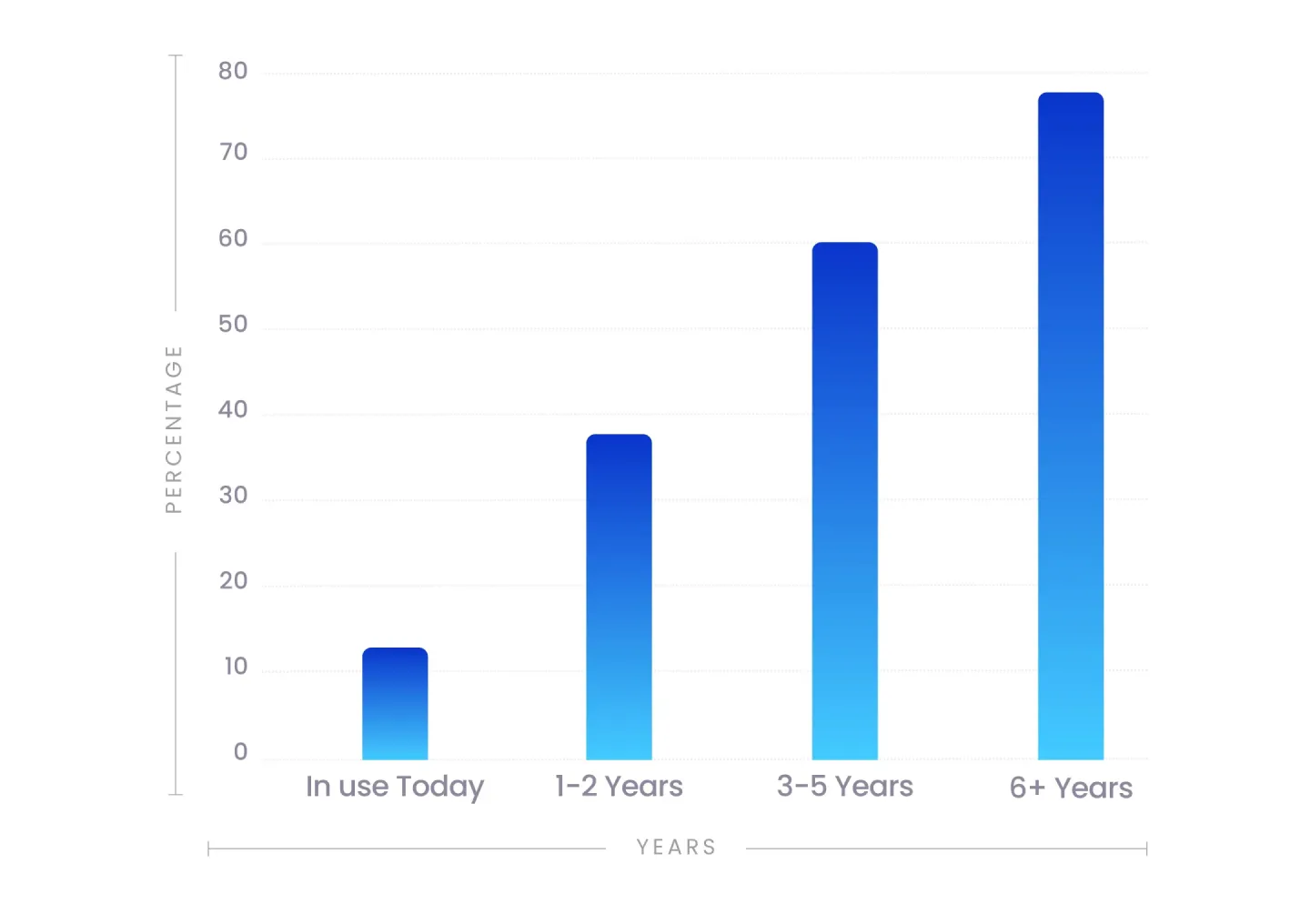
S-Curve of Innovation
For the S-Curve, Artificial Intelligence is currently in between the Ferment and Takeoff stages. This phase usually indicates that the evolution of technology is slow. However, the current position of AI suggests that the technology is about to cross over to the Takeoff phase, which means that its evolution will likely increase significantly within the next few years.
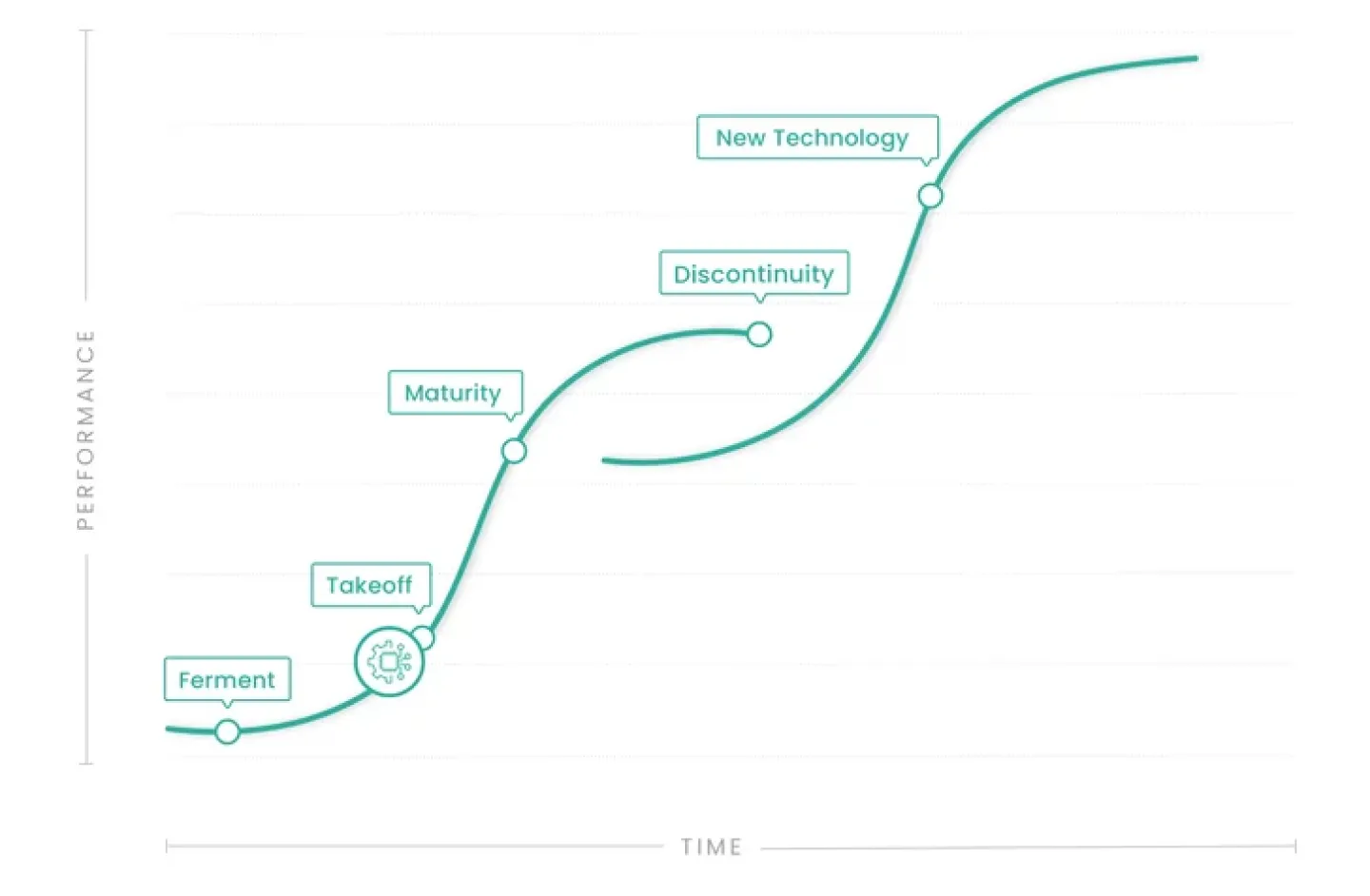
Technology Adoption Life Cycle
Early adopters are currently implementing AI for the technology adoption life cycle. Being adopted by this group means that thought leaders have determined AI’s capabilities are worth investing in despite the financial risks associated.

Hype Cycle
For the Hype Cycle, Artificial Intelligence is placed on the Innovation Trigger of Gartner’s Hype Cycle for Supply Chain Execution Strategy 2019. Being placed in this position means that the technology is still being conceptualized and prototyped. Often, there are no usable products or services of the technology available for individuals or businesses to implement, and commercial viability for it is still unproven.
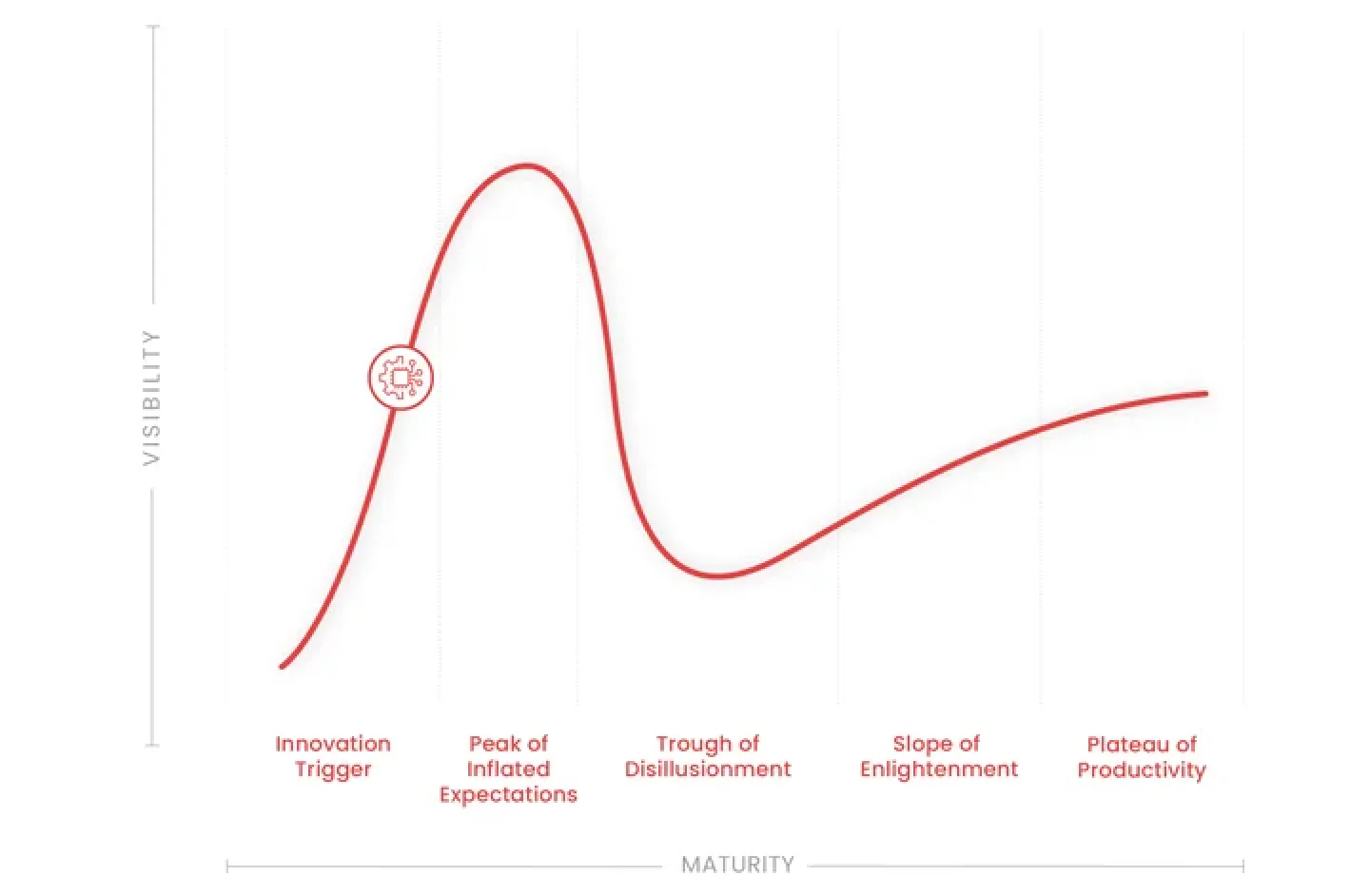
Looking at the three technology frameworks above, it is apparent that Artificial Intelligence still needs significant research and development to prove its viability and benefits in the warehouse. If you are willing to take the financial risk and invest in research and development, AI can create a competitive advantage for your business. If not, it is best to keep track and stay updated about the evolution of AI.
If you want more warehouse content, you can follow us on LinkedIn, YouTube, X, or Facebook. You can also message us through our contact page if you have other inquiries.
